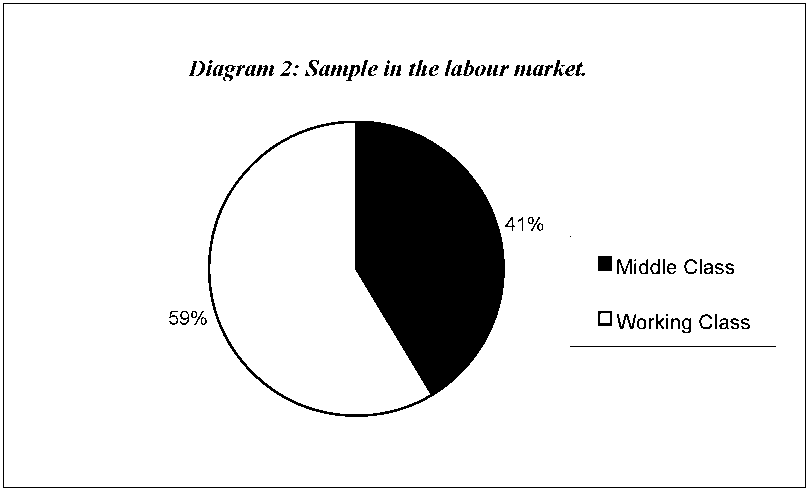Diagram. 1: Sample not in the labour market
11%
24%
16%

49%
■ Housewife / husband
□ Student
И Retired
□ Unemployed
Turning to those in the labour market, the Registrar General’s socio-economic
classification was used to categorise workers as either Middle Class (SES I and II) or
Working Class (SES III, IV and V). Diagram 2 shows breakdown by SES for those in
the labour market. As can be seen in the diagram, a large proportion (59%) of those
sampled were in working-class occupations.

The characteristics of the sample as a whole do not necessarily match those of the
general population, or even the population of those engaged in lifelong learning as a
whole. However, we have succeeded in sampling from a wide variety of individuals
whose voices are not necessarily considered in examining the benefits of learning -
the unemployed, the retired and working-class learners.
88
More intriguing information
1. The name is absent2. EU Preferential Partners in Search of New Policy Strategies for Agriculture: The Case of Citrus Sector in Trinidad and Tobago
3. fMRI Investigation of Cortical and Subcortical Networks in the Learning of Abstract and Effector-Specific Representations of Motor Sequences
4. Climate change, mitigation and adaptation: the case of the Murray–Darling Basin in Australia
5. Input-Output Analysis, Linear Programming and Modified Multipliers
6. The name is absent
7. Infrastructure Investment in Network Industries: The Role of Incentive Regulation and Regulatory Independence
8. DEMAND FOR MEAT AND FISH PRODUCTS IN KOREA
9. The name is absent
10. PROFITABILITY OF ALFALFA HAY STORAGE USING PROBABILITIES: AN EXTENSION APPROACH